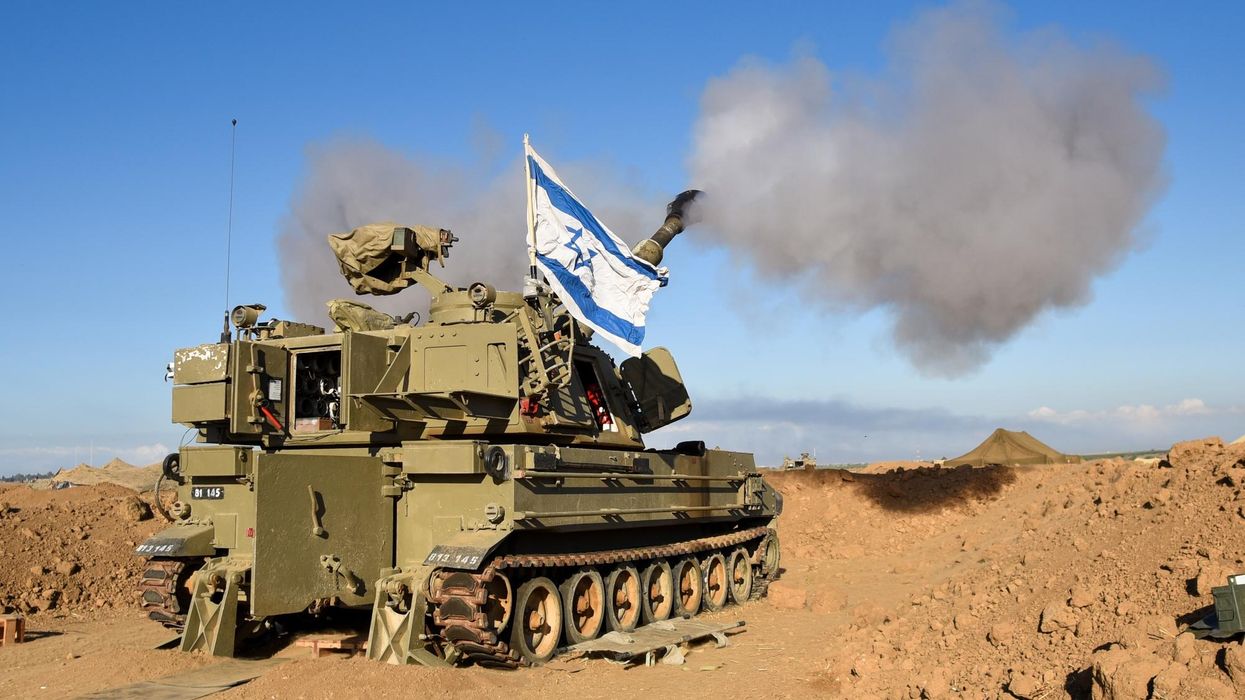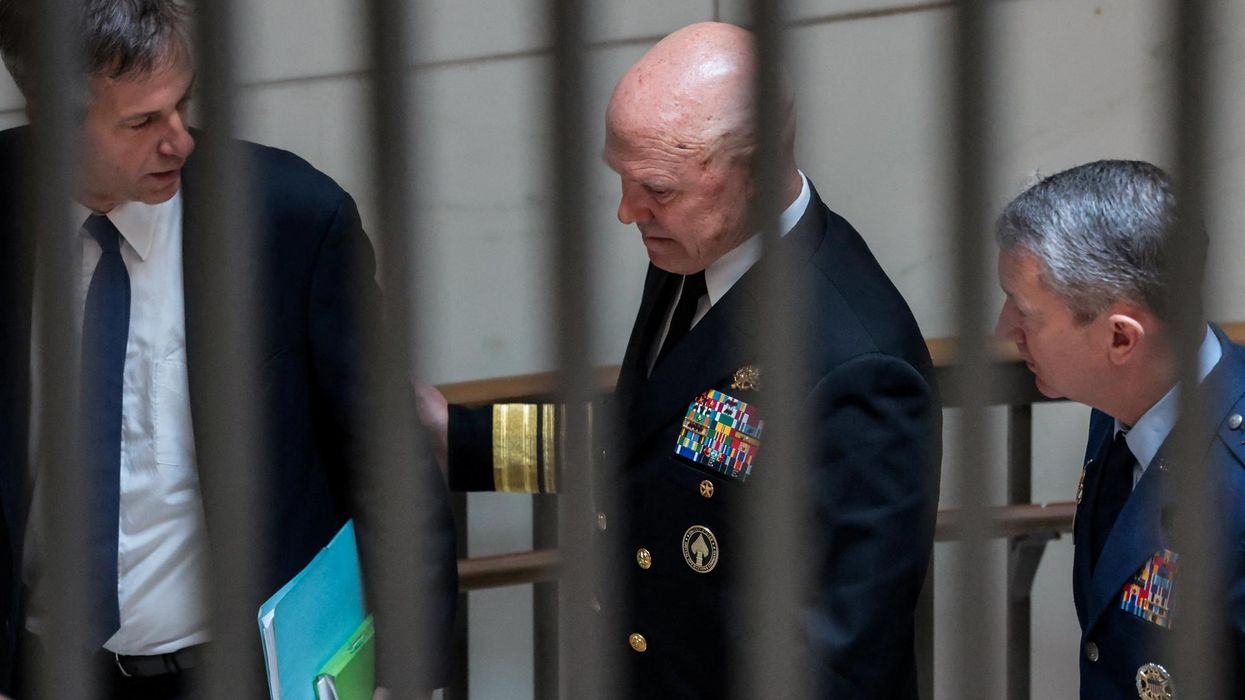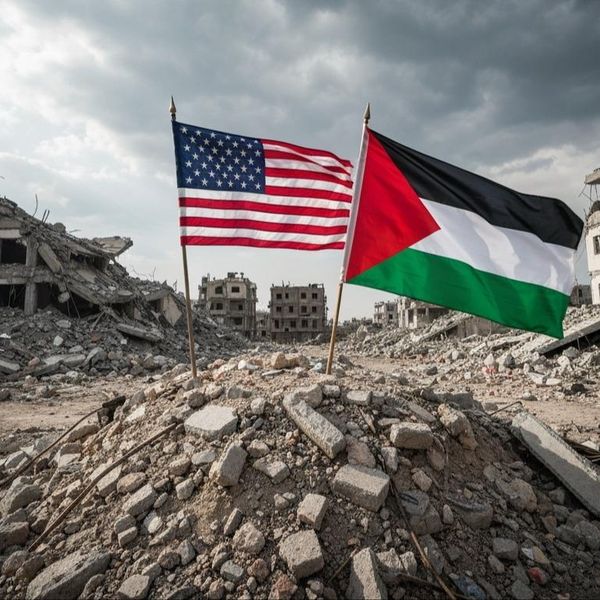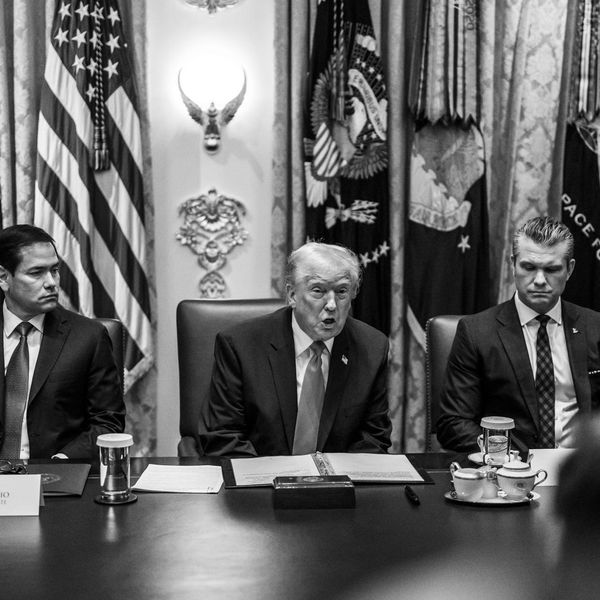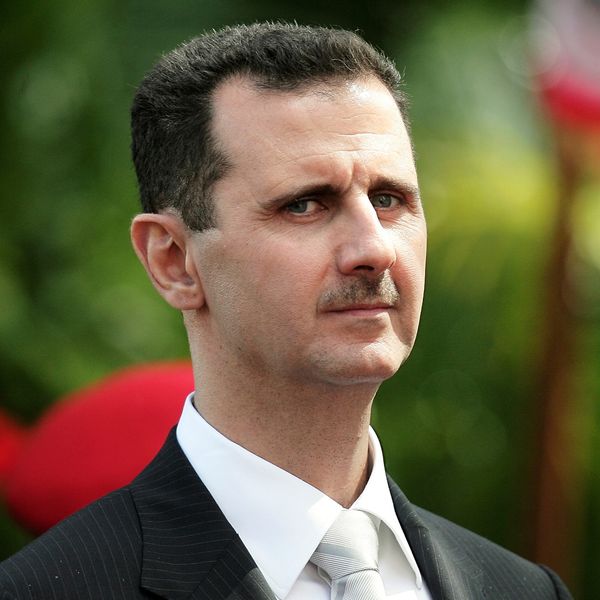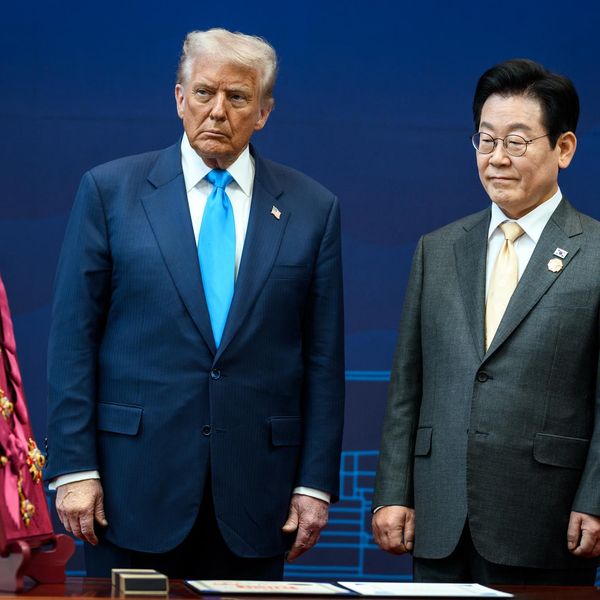On Friday, Win Without War’s Erica Fein argued that the National Defense Authorization Act “should serve as a roadmap for ending needless conflict and charting a new, better, and more sustainable direction for [the United States] and the world.” Last week’s announcement of a $738 billion 2020 Department of Defense budget and publication of the Afghanistan Papers, revealing our nation’s military and civilian leaders’ inability to manage the war machine honestly or effectively, make her comments an all the more urgent wakeup call to chart out said new, better, more sustainable direction.
But what does this new direction look like?
Where Samuel Moyn and Stephen Wertheim argue that America has normalized war, I would add that it has also lost a collective fluency for credible, confident alternatives to war. Decades of glorified militarism in popular culture alongside fearmongering and enemization of “Islam” and “Islamic extremism” have created a political environment in which anything but warmongering is perceived as politically weak and practically unrealistic.
But the truth is that evidence is on the side of non-militarized solutions “winning” the so-called “War on Terror.” Let’s review. If the primary justification for the post-9/11 "War on Terror” is to “defeat” al-Qaida and its affiliated “violent extremist” networks, policy should most centrally consider what actually works to reduce and end terrorism. In the RAND Corporation’s seminal review of the topic, it found that most terrorist groups end due to politically meditated processes or improvements in local policing or intelligence. Military force, RAND found, has rarely been a primary reason for the end of terrorist groups.
If mediation and intelligence approaches are the pathways to dismantling terrorist groups, what do we know about why people join terrorist groups in the first place? Again, military solutions do not hold muster. A robust body of evidence now shows that people join terrorist groups for intrinsically personal, communal, or political reasons – to defend ones tribe, to ensure political participation, or to fight for justice in the face of no alternative outlet. Every day, communities are on the frontlines to reduce and prevent participation in violent extremist or terrorist organizations. Often, U.S. military actions make their efforts harder, not easier.
What would it look like to prioritize peacebuilding as a pathway out of endless war in practice?
For example, for nearly twenty years in Afghanistan, the U.S. government’s endless war policy approach has been predicated on two core assumptions: that force would threaten its way to changing Afghan citizens’ governance preferences, and that elite, closed-door peace deals without Afghan civil society buy-in would still somehow hold. But as Dartmouth associate professor Jason Lyall stated and the Afghanistan Papers now publicly confirm, neither of these fundamental assumptions bore out throughout the war. The U.S.-led war in Afghanistan continued to preference hard security tools for soft security problems, and without any serious oversight from Congress or the public, those fundamental assumptions still drive overarching policy today.
A peacebuilding approach to ending the conflict in Afghanistan would instead recognize that a mediated, inclusive political settlement is the only way out of conflict today. All international actions and operations in the country would therefore focus on ensuring the local, institutional, cultural, and political conditions conducive for an inclusive and legitimate peace process. A peacebuilding approach to Afghanistan would prioritize small but responsible investments in Afghan civil society that would enable them to engage its citizenry around the pillars and spirit of the Afghan Constitution, and enable political stability.
And when asked “what would we do about levels of violence today,” peacebuilders would argue that civilian-led open, transparent, unfettered multi-track dialogues between all parties to the conflict can create civilian protection agreements for long enough to support a mediated resolution of the conflict.
Mediating political conflicts, addressing grievances, and otherwise supporting the nonviolent resolution of conflict is the primary domain of the field of peacebuilding. And according to the evidence, these tools should also be primary components of an ending endless war toolkit.
This is why the global peacebuilding community is working to establish peacebuilding in policy, the public imagination, and political discourse as a credible alternative to excessive militarism and endless war. In 2020, we will launch a new campaign dedicated to bringing accountability to government policies that undermine conditions conducive and reallocating energies currently geared for militarism to supporting locally-led, evidence-backed peacebuilding instead.
Of course, building policy pathways out of endless war will not be easy. In Afghanistan, managing troop withdrawals and security sector reform in ways that do not expose civilians to excessive harm on the American watch has been and will continue to be among the most difficult issues to address. Every theatre will face critical challenges. But we – the public, advocates, experts, and the practitioners – must push through these challenges and start confidently and credibly articulating alternative pathways to the "war on terror” paradigm that would actually advance just peace in the twenty-first century. Peacebuilding offers one critical pathway to help pull humanity out of its endless war rut.



